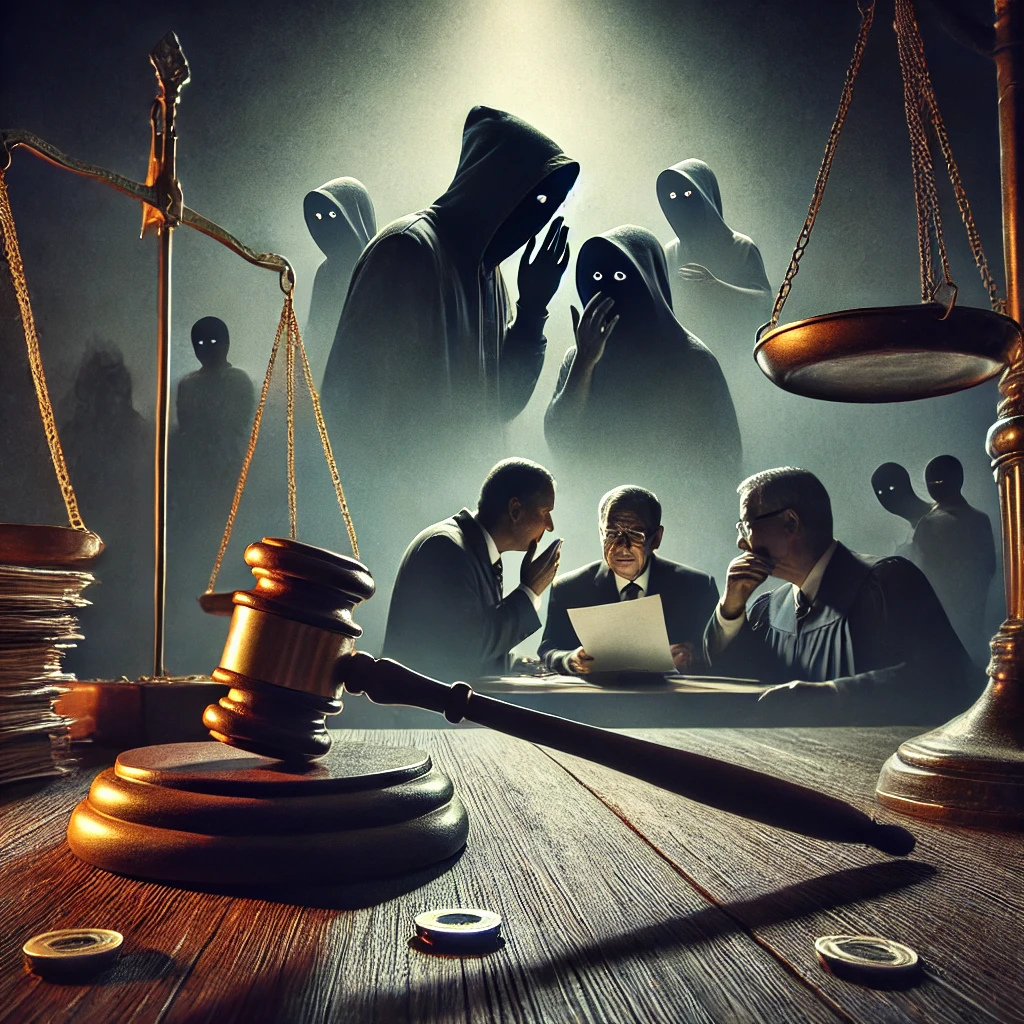
Suppressing Evidence and Hiding Offenders: A Detailed Analysis of Sections 237 to 239 of Bharatiya Nyaya Sanhita, 2023
The Bharatiya Nyaya Sanhita, 2023, that replaced the Indian Penal Code (IPC) and took effect on July 1st, 2024, has a number of provisions intended to uphold the integrity of legal proceedings. Sections 237 to 239 address the corrupt employment of false declarations, making evidence of a crime vanish, and knowingly concealing information regarding an offense. These sections provide the assurance that everyone who tries to manipulate or destroy evidence is held responsible. Here, we shall discuss each of these sections thoroughly, outline their legal implications, and give examples to demonstrate how they are actually applied in life.
Section 237: Use of a False Declaration as True
Section 237 addresses the misuse or attempted misuse of a false declaration, with knowledge that it is false. A “declaration” is any written statement to the authorities which is receivable in legal proceedings. If a person knowingly uses a false declaration as true in a legal proceeding, he can be punished as if he had given false evidence. This section is necessary to avoid abuse of false statements in the judicial process.
For instance, if someone presents a false affidavit (a sworn written statement) to the court claiming that they have witnessed a crime, when in fact they did not witness the crime, then if they make use of this false statement to affect the case, they can be prosecuted under Section 237.
The statute also gives a rationale for this section. Where a declaration is admissible only on account of some trivial formality, it still comes within the purview of Sections 236 and 237. This is to ensure that even informal technicalities do not permit false declarations to go without punishment.
Section 238: Causing Evidence of an Offense to Disappear
Section 238 is one of the major provisions that address tampering or destroying evidence to shield an offender. If an individual is aware or has reason to believe that a crime has been committed and he/she destroys or hides evidence of the crime with the intent to protect the offender from punishment, they will be held liable. Furthermore, if they provide false information about the offense in order to shield the criminal, they will also be punished.
The sentence under this section varies according to the gravity of the original offense, which the individual is attempting to cover up:
If the offense itself warrants death, the individual concealing evidence can be sentenced to seven years in prison, as well as a fine.
If the offense is punishable with life imprisonment or imprisonment for a term not exceeding ten years, the individual may be sentenced to imprisonment for a term not exceeding three years and a fine.
If the offense is punishable with imprisonment for a term less than ten years, the individual may be sentenced to one-fourth of the maximum term of imprisonment prescribed for such offense, and a fine.
Illustration of Section 238
Let’s take an example: A knows that B has committed a murder by killing Z. To protect B, A helps him hide the body. By doing this, A is intentionally making it difficult for the police to find evidence and arrest B. A is also guilty in this case under Section 238. Because the offense B has committed (murder) is punishable by death, A can be sentenced for a maximum of seven years’ imprisonment and fined for assisting in covering the evidence.
Section 239: Not Giving Information Regarding an Offense
Section 239 addresses the willful omission to furnish information regarding a crime. If a person is aware or has reason to believe that a crime has been committed and willfully omits to give information regarding the crime, even though legally obligated to do so, they can be penalized. This section prevents people from evading their duty to report crimes when the law requires them to do so.
Punishment for such a crime is comparatively lighter in comparison to offenses under Sections 237 and 238. Guilty persons under Section 239 can be convicted to a penalty of up to six months imprisonment, a fine of up to five thousand rupees, or both.
For instance, if an individual sees a robbery and does not report it to the police, despite the fact that the law mandates them to do so. In case it is established that they deliberately withheld this information, they can be penalized under Section 239.
Conclusion
The Bharatiya Nyaya Sanhita, 2023, Sections 237 to 239 deal with the abuse of false statements, suppression of evidence, and the omission to state material facts of a crime. These sections are vital in ensuring that the legal system is not tainted and that justice is not thwarted by dishonest or corrupt conduct.
By laying down stringent punishments for individuals attempting to falsify or conceal facts, the law reiterates how essential it is that honesty and openness prevail in the judiciary. From an individual providing a false affidavit to assisting a criminal in concealing evidence, these sections guarantee that culprits and their abettors are punished



